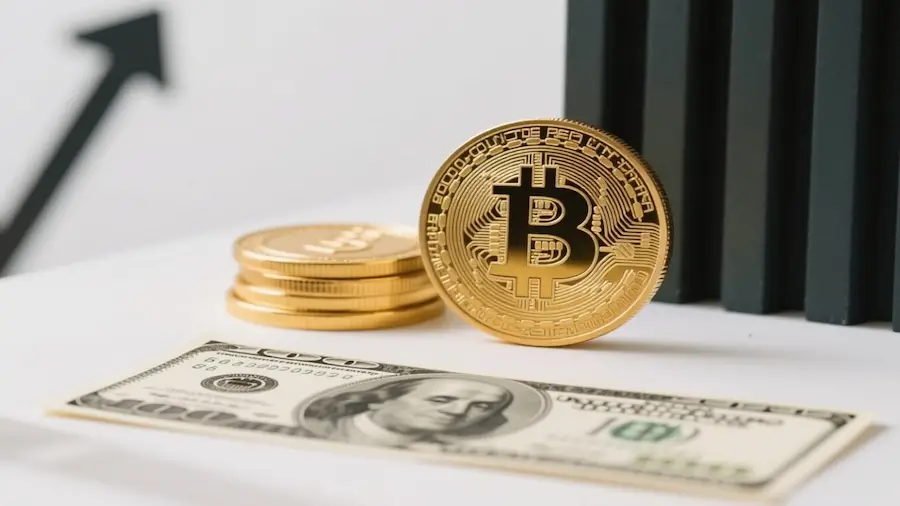- The dollar index falls after the increase in the measure of inflation preferred by the FED, the underlying PCE, in May.
- The US dollar continues to weaken, with the DXY approaching the minimum of Thursday of 97.00
- Michigan consumer’s feeling index and Michigan’s expectations ahead, providing additional information about how consumers feel about current conditions.
The US dollar index (DXY) approaches the 97.00 support while investors digest the last batch of inflation data published in the United States.
The U.S. Underlying PCE on Friday, published by the US Economic Analysis Office, has served as an additional catalyst for the DXY.
This report, which represents the rhythm at which prices are increasing in the US, is the measure of inflation preferred by the Fed, which has a direct impact on interest rates expectations.
US personal expenses exceed expectations
The main number of the PCE was in line with expectations. The monthly figure increased 0.1% in May, without changes compared to the previous month. The year -on number also complied with estimates, increasing 2.3%, slightly above the reading of 2.2% in April.
However, the underlying figures, which exclude volatile products such as food and energy, exceeded the forecasts of analysts, with both monthly and annual readings arriving hotter than expected.
The underlying PCE increased 0.2% month by month in May, above the 0.1% estimate, while the year -on -year figure stood at 2.7%, also higher than the consensus, which had predicted that the annual number would remain unchanged with respect to 2.6% in April.
Personal income fell 0.4% in May, while analysts expected an increase of 0.3%, lowering the 0.7% increase in April. Personal spending also did not meet expectations, decreasing 0.1%, falling from 0.2%in April and below the 0.1%estimate.
As a measure of inflation preferred by the Fed, an increase in the underlying PCE places the Fed in a difficult position.
With President Donald Trump pressing the Fed to cut the rates, lower interest rates they generally support economic growth, which tends to increase inflation.
Even so, even with inflation keeping above the objective level of 2% of the Fed, the economy shows signs of deceleration, which could force the Fed to reconsider the possibility of a rate cut in July.
The latest data pushed the yields of the US Treasury bonds down, bringing the dollar index closer to an important support, which helped limit losses on Thursday by 97.00.
Next, investors will be attentive to the feeling index and expectations of Michigan to obtain additional signals on how consumers perceive current economic conditions in the US and the prospects for the next 12 months.
If the confidence in the US economy is decreasing, the dollar could continue to fall in front of a foreign exchange basket.
Technical analysis: The dollar index is approaching 97.00
At the time of writing, the DXY is quoted about 97.05, extending its bearish trend of several months and remaining well below the simple mobile socks (SMA) of 20 days (98.46) and 50 days (99.31).
A line of descending trend from the February peak continues to limit rising attempts, reinforcing the bearish structure. The relative force index (RSI) is around 31.39, approaching the territory of overalls but still without showing signs of reversion.
DAILY DOLL OF THE DOLLAR GRAPH

A confirmed break below 97.61 could open the way for a deeper correction, while any recovery would face resistance about 98.50 and 99.30, where mobile socks and the line of trend converge.
If the prices fall below 97.00, the psychological level of 96.00 could enter the focus, potentially opening the door for a review of the February minimum, 2022 about 95.15.
US dollar FAQS
The US dollar (USD) is the official currency of the United States of America, and the “de facto” currency of a significant number of other countries where it is in circulation along with local tickets. According to data from 2022, it is the most negotiated currency in the world, with more than 88% of all global currency change operations, which is equivalent to an average of 6.6 billion dollars in daily transactions. After World War II, the USD took over the pound sterling as a world reserve currency.
The most important individual factor that influences the value of the US dollar is monetary policy, which is determined by the Federal Reserve (FED). The Fed has two mandates: to achieve price stability (control inflation) and promote full employment. Its main tool to achieve these two objectives is to adjust interest rates. When prices rise too quickly and inflation exceeds the 2% objective set by the Fed, it rises the types, which favors the price of the dollar. When inflation falls below 2% or the unemployment rate is too high, the Fed can lower interest rates, which weighs on the dollar.
In extreme situations, the Federal Reserve can also print more dollars and promulgate quantitative flexibility (QE). The QE is the process by which the Fed substantially increases the flow of credit in a stuck financial system. It is an unconventional policy measure that is used when the credit has been exhausted because banks do not lend each other (for fear of the default of the counterparts). It is the last resort when it is unlikely that a simple decrease in interest rates will achieve the necessary result. It was the weapon chosen by the Fed to combat the contraction of the credit that occurred during the great financial crisis of 2008. It is that the Fed prints more dollars and uses them to buy bonds of the US government, mainly of financial institutions. Which usually leads to a weakening of the US dollar.
The quantitative hardening (QT) is the reverse process for which the Federal Reserve stops buying bonds from financial institutions and does not reinvote the capital of the wallet values that overcome in new purchases. It is usually positive for the US dollar.
Source: Fx Street
I am Joshua Winder, a senior-level journalist and editor at World Stock Market. I specialize in covering news related to the stock market and economic trends. With more than 8 years of experience in this field, I have become an expert in financial reporting.







